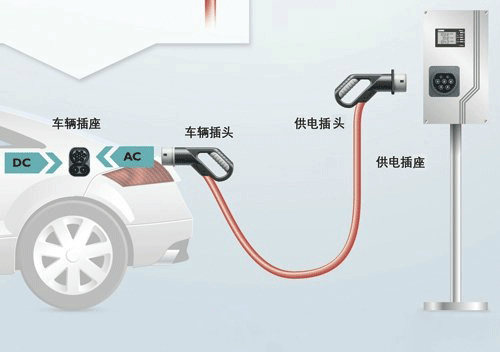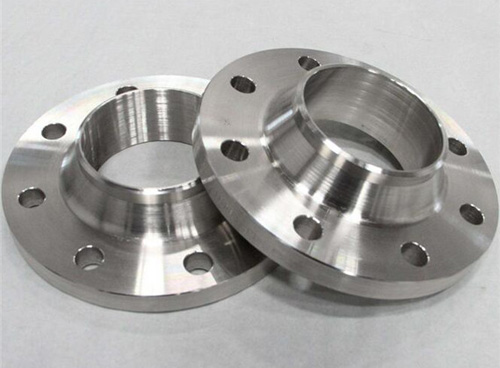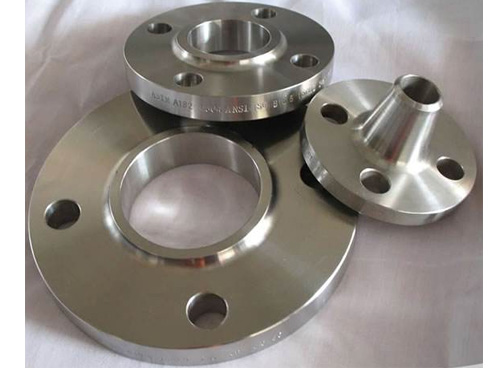Everyone knows that charging The unification of pile standards is definitely good information for the industry. In the case where the previous standard is not clear, each manufacturer is going its own way. If the charging pile standard is not uniform in daily use, there will be no hardware interface, and it will not be able to charge normally. This is fatal. So what problems can be solved by formulating standards? This starts with the charging process. How is an electric car charged? The charging process of electric vehicles is much more complicated than the charging of ordinary home appliances. The first is the physical interface . This physical interface cannot be set casually. The charging power of electric vehicles is relatively large, and there are requirements for communication . Therefore, the interface for charging electric vehicles is more complicated than that of ordinary outlets: not only the path for transmitting current , but also the path for communication. In addition, because of the large charging power , problems such as overheating are easily caused during high-current transmission . Therefore , there must be standards for this interface. The specific size of the interface is standardized. Generally, there is no situation where it cannot be plugged in . However , it cannot be plugged in to indicate that it can be used normally. To use the interface normally, four major types of performance are required: 1. First, universality, see if the tolerances meet the standards, and whether different brands can be inserted; 2. The second is the mechanical structure; 3. Third, the characteristics of the materials of the interface itself, such as corrosion resistance, heat resistance and fire resistance; 4. Fourth, the motor test after receiving electricity. Interface can be connected , but also to ensure that high temperature does not deform; in daily use , drop or collision will not affect the use of the latter to cause security risks; in the user's regular plug, there will be no problem of life; in the rolling through the vehicle after the damage does not occur; waterproof and dustproof to do well, to avoid the harsh environment can not be used; during charging, the temperature should not rise too high, if not rise too high even if the interface fire, fire lead to other things is very dangerous of. So, just be a physical plug, it must also be worked out in order to meet the needs of a variety of standard normal use. After the connection is made , charging between the electric car and the charging stand is not started directly. After the physical interface is connected , there must be a handshake agreement between the electric vehicle and the charging station. This network connections and we do the same in the physical layer of the above, the parties must first ordained communication protocol standard, both sides have completed the communication can begin between the charging of electric vehicles and charging pile. In this communication protocol , it is necessary to prescribe the corresponding format in advance , and which information represents what , so that the charging pile and the electric vehicle can recognize each other and start charging. The communication itself is a very complicated thing . The signal transmitted is not only correct , but also has to be transmitted at a suitable rate . This new rule is to increase the speed regulation and ensure normal handshake between different models and charging stations. Grip to get started, you can start the transfer, but the transfer process is not simple. Because the current capacity of batteries in electric vehicles can be limited , it also requires communication between the battery management system of the electric vehicle and the charging pile. Both need to coordinate out a current intensity suitable for charging. This process also requires standards, or the current is too large , not only to damage the battery , but also may cause security problems. In the charging process , various problems may occur, such as battery problems, excessive temperatures, power grid problems , sudden surges of surges, problems with the battery management system of the charging pile or the electric vehicle , and failure of a signal. These problems may lead to risks , which require emergency measures for various unexpected failures. These measures also need to have uniform standards. Finally , when the charging is completed, the power is turned off in a timely manner to avoid battery damage or danger caused by overcharging , and a prescribed communication is also required to send out a termination signal , and it is also necessary to respond to a possible failure. Therefore , the entire process of charging an electric vehicle from the physical connection of the interface to the completion of the charging is a rather complicated process . In this process , not only the problem of charging and discharging but also safety issues will arise. Because the charging current of electric vehicles is very large , it is easy to overheat and cause fire. The energy of the battery pack of the electric vehicle is also very large . Once the problem occurs, the consequences can be disastrous. So, whether it is from the consideration of compatibility or safety considerations, must have detailed standards for electric vehicle charging specification made, so as to ensure the safety of normal use. Where is the focus of standardization for electric vehicle charging? Electric vehicle charging standardization should first solve the compatibility problem, the second is the security issue. In terms of compatibility , involving the three parts of the power grid, charging piles and electric vehicles , the transformation cost of the power grid is too large , and the situation of the power grids in each area is different. Therefore, the focus of the standardization work on the power grid should be compatible, and the major power grids across the country should be The power supply situation is clear , and the charging standards formulated should be adapted to the situation of the power grids across the country. In the charging post and the electric vehicle, you need to refine the criteria should allow charging electric vehicles and pile business enterprises have enough restraint to do product specifications, the more restrictions, the less probability problems, compatibility problems will The smaller. In terms of safety, it is focused on two aspects, one is the over-charge and the charging performance of the interface, overcharge aspects to take into account the most critical BMS (battery management system) security features, BMS must be clear in the end what should have complete The functions of fault diagnosis and alarming are additionally charged facilities and monitoring systems. In terms of interfaces, one is the performance specification of the interface itself, and the other is that after a long-term contact , it is found that it may lead to poor contact, put forward more stringent test methods and specifications, and further improve security. In addition, electric vehicles and charging pile on the grid will be affected, the emergence of grid power surges, electric car charging pile should be how to deal with. The impact of electric vehicles and charging piles on the grid and other electrical appliances in the grid should also be regulated. In short , there is no rule and no circle. Because of the large electric vehicle battery capacity, and there are requirements for the charging time, which allows the charging process becomes extremely complicated. To ensure compatibility and safety , strict and detailed standards must be established. At present, many electric car charging pile is not compatible with some security incidents electric vehicles (charging fire), largely caused by inadequate specification. In the development of new energy vehicles, the charging standardization is not around the last threshold, the more detailed the criteria specified, the more standardized, more comprehensive, the development of new energy vehicles will be faster, quicken the work.
There are many different types of Forged flanges, such as weld neck flange, Plate Flange , Slip On Flange, Blind Flange , Socket Weld Flange, Threaded Flange, spectacle flange (sometimes it is called figure-8 blind flange), lap joint flange and so on.
Main materials are carbon steel, alloy steel and stainless steel. For carbon steel, ASTM A105 & A105N are required by most project.304/304L,316/316L,321,etc belong to stainless Steel Flange . The sealing face of forged flanges in common use is raised face(RF), flat face(FF) and ring type joint(RTJ). As one of largest flange suppliers in China, we commit ourselves to providing best quality and delivery time.
Forged Flange Pipe Flange,Pipe Flange Types,Steel Flange,High Pressure Steel Flange CANGZHOU HENGJIA PIPELINE CO.,LTD , https://www.hj-pipeline.com

